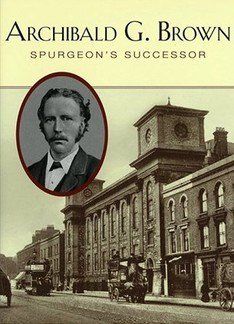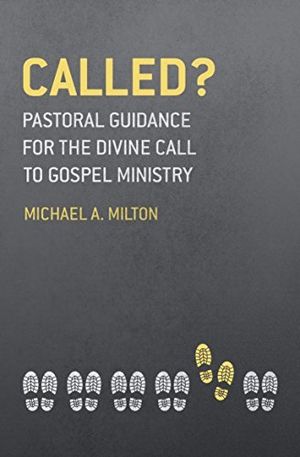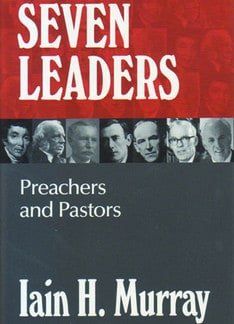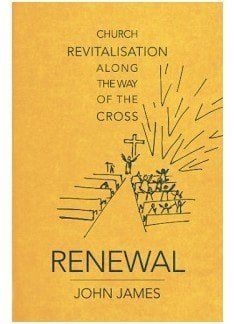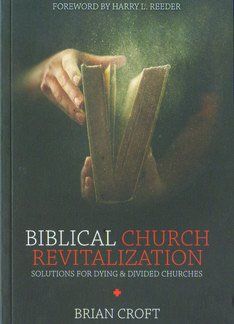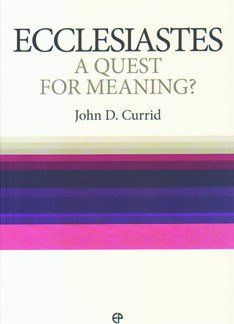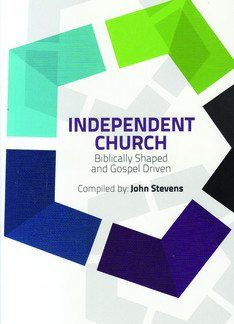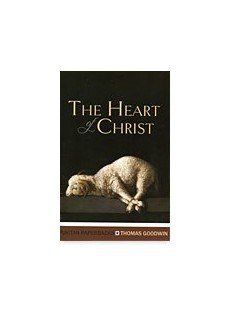At the 2011 Banner Ministers’ Conference Iain Murray gave an address on Archibald Brown (1844-1922). Few of us knew anything much about the subject of his talk. But by the end we wanted to know more about this remarkable servant of God. With the publication of this excellent biography this longing is more than fulfilled.
Brown was converted at the age of sixteen. A fiend of his, Annie Bigg (later to become his first wife), invited him to an evangelistic meeting. The speaker, Arthur Blackwood asked if Brown were a Christian. When he replied, “no”, the evangelist said, “how sad”. This affected him deeply. Brown was convicted of sin and then soundly converted while sitting under a tree. Full of joy, he threw his cap in the air, which then got stuck in the tree. His first act as a Christian was to retrieve his hat.
Brown trained for the ministry under C. H. Spurgeon at the Pastors’ College. He became great friends with the famous London preacher and stood with him during the downgrade controversy. Spurgeon was no great fan of physical exercise, but he said that he would walk four miles to hear Brown preach.
Brown’s first pastorate was in Bromley, Kent. After that he served several London churches, ministering in Stepney Green Tabernacle, East London Tabernacle, Chastsworth Road Chapel and the Metropolitan Tabernacle.
However, the ‘Spurgeon’s Successor’ tag, while true is a little misleading. Brown was only pastor of the Metropolitan Tabernacle from 1907-1910, initially serving as co-pastor with C. H. Spurgeon’s son, Thomas. Browns’ longest and most fruitful period of ministry was spent in the East End of London from 1866-1897. Revival in the Stepney Green Tabernacle necessitated the building of East London Tabernacle to accommodate the large number of converts that had been added to the church. Congregations of 3,000 people thronged to hear him preach.
The East London Tabernacle was a true community church. Murray movingly details Brown’s attempts to minister to the poverty-stricken people of the East End. He appointed nine missionaries to reach into the community with gospel hope and practical help. Brown was a fervent evangelist. His ministry touched all kinds of people. The record of his converts includes prostitutes, thieves and other criminals.
The preacher experienced personal tragedy, losing four wives to the grave, before dying himself shortly after his last wife, Edith was taken to glory.
Brown knew times of revival in the earlier period of his ministry. As the 20th century wore on he was faithful to the gospel in days of general decline. He remained a staunch Calvinist when Calvinistic theology was rapidly going out of fashion.
Iain Murray had produced a masterly biography of Archibald Brown, giving a vivid portrait of his times and capturing something of the essence of this undeservedly forgotten minister of Christ. His life is full of lessons for our situation today. Brown lived to preach the gospel in season and out of season. And so should we.
Guy Davies,
Westbury.

